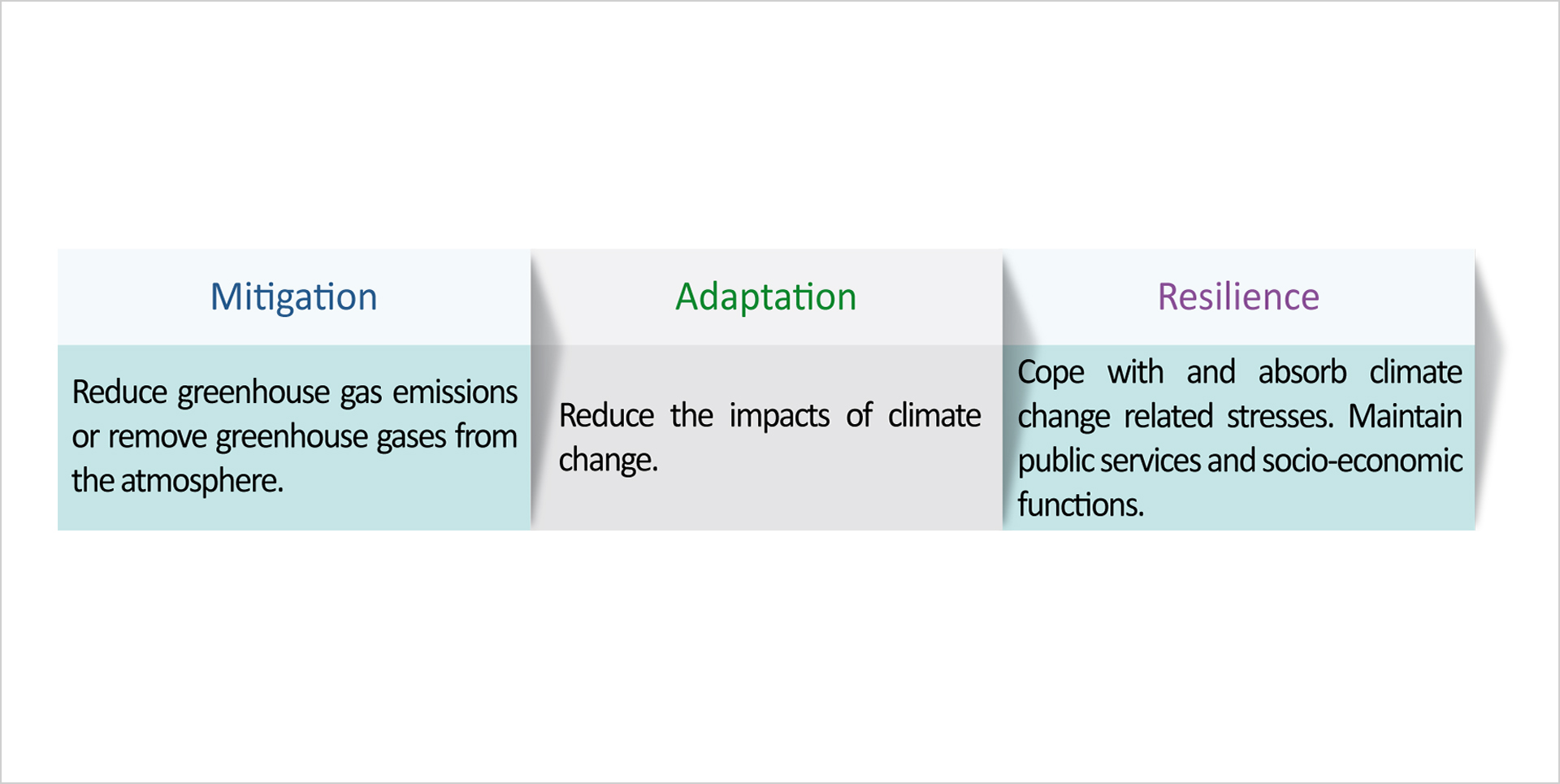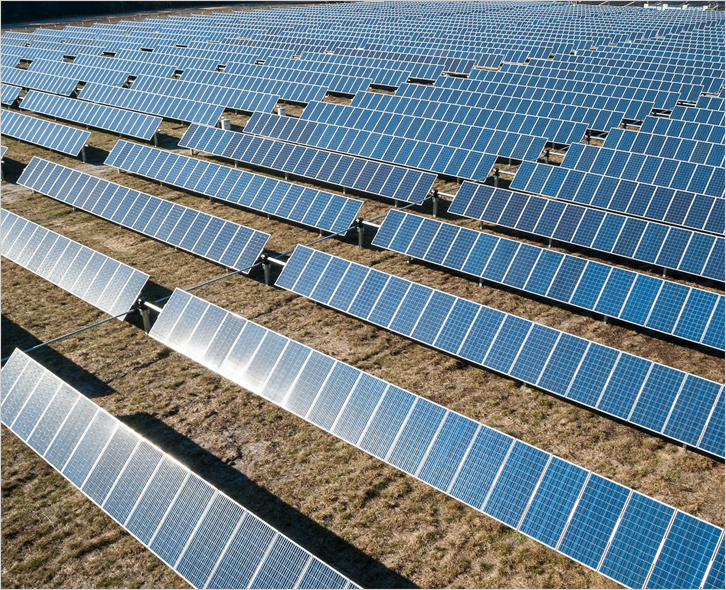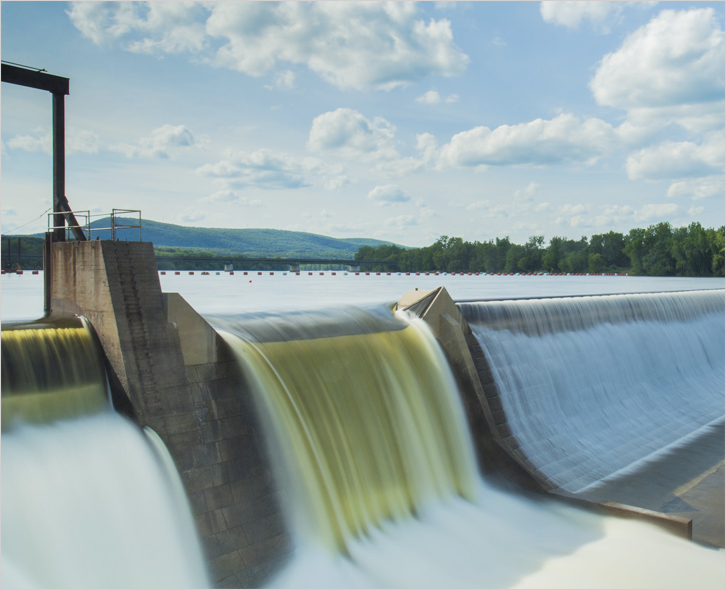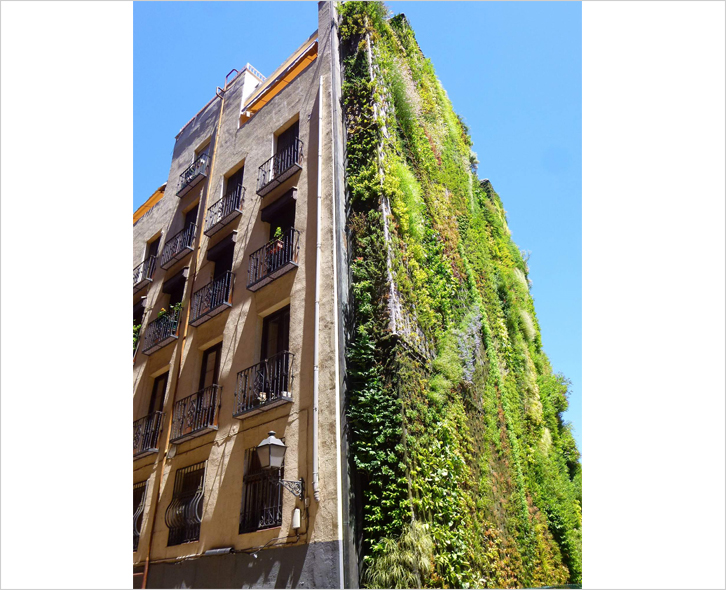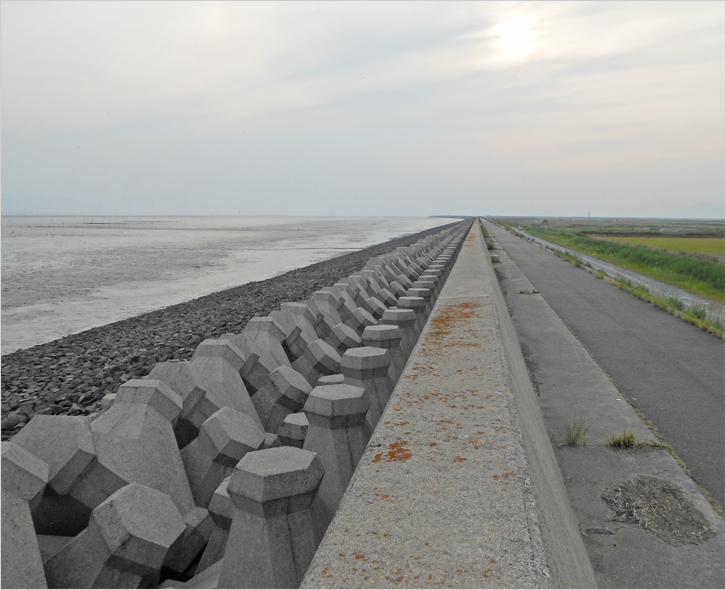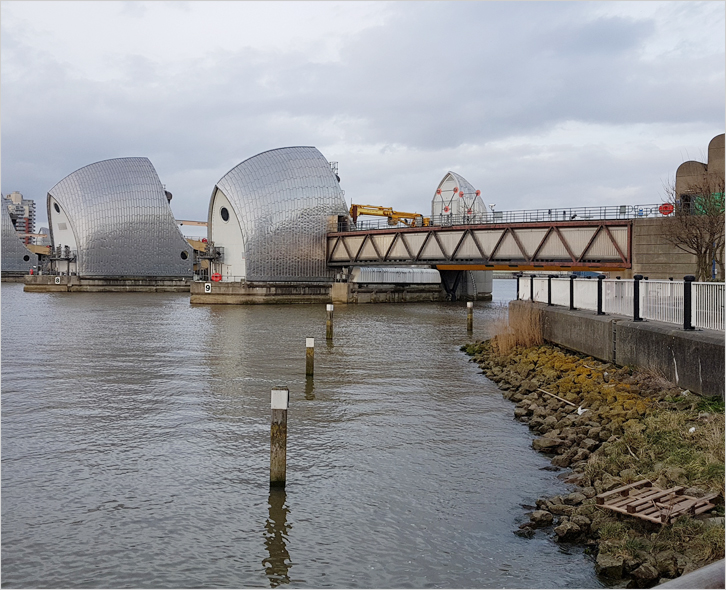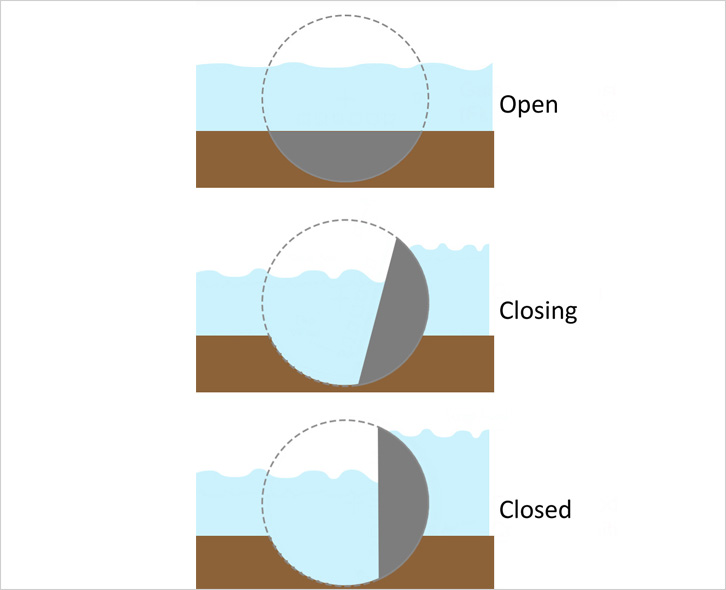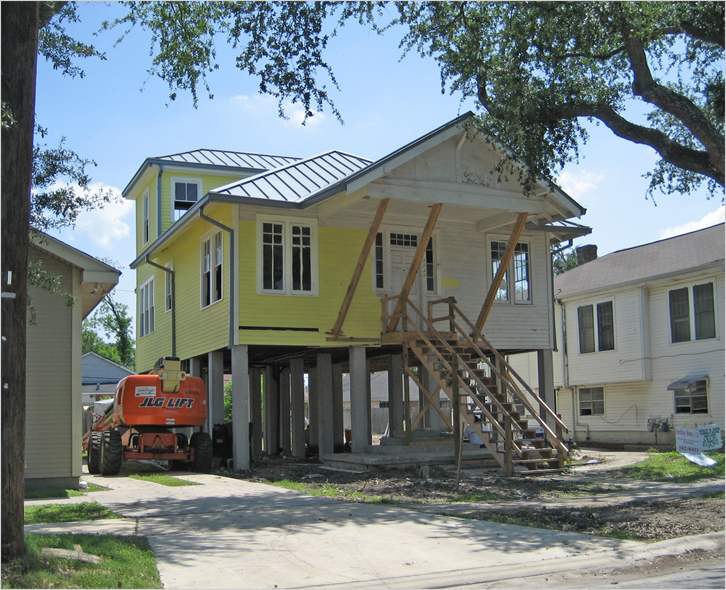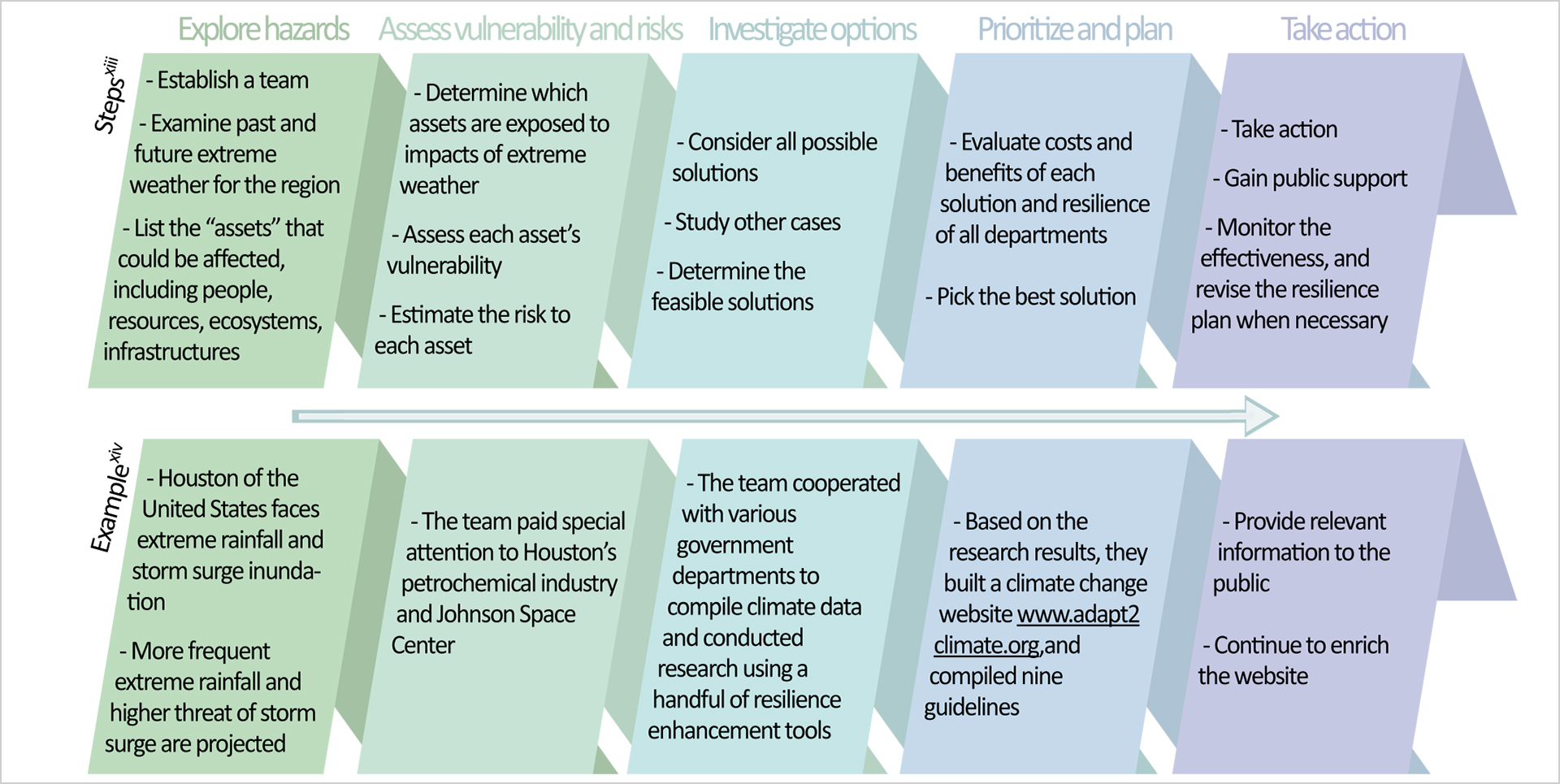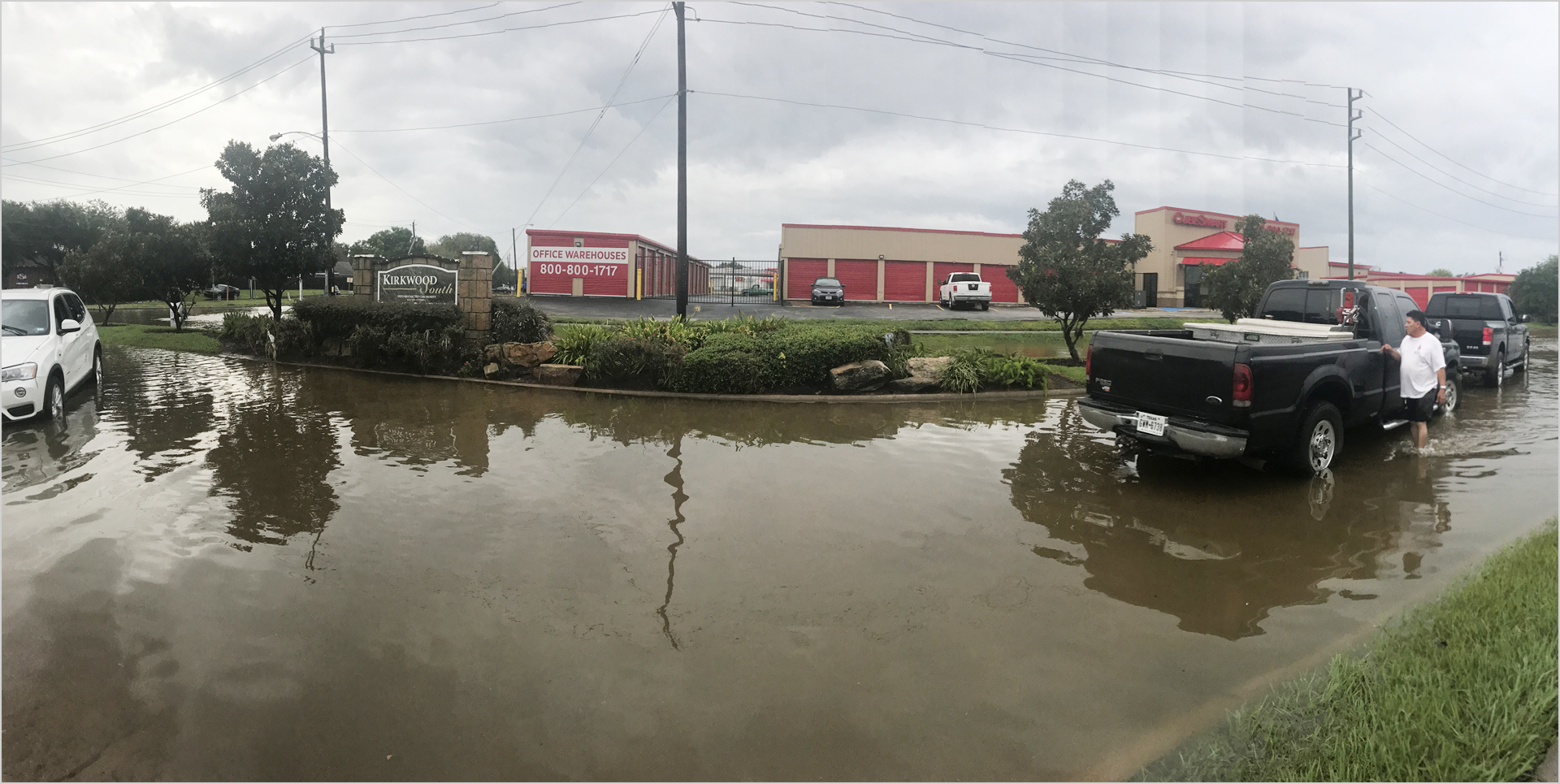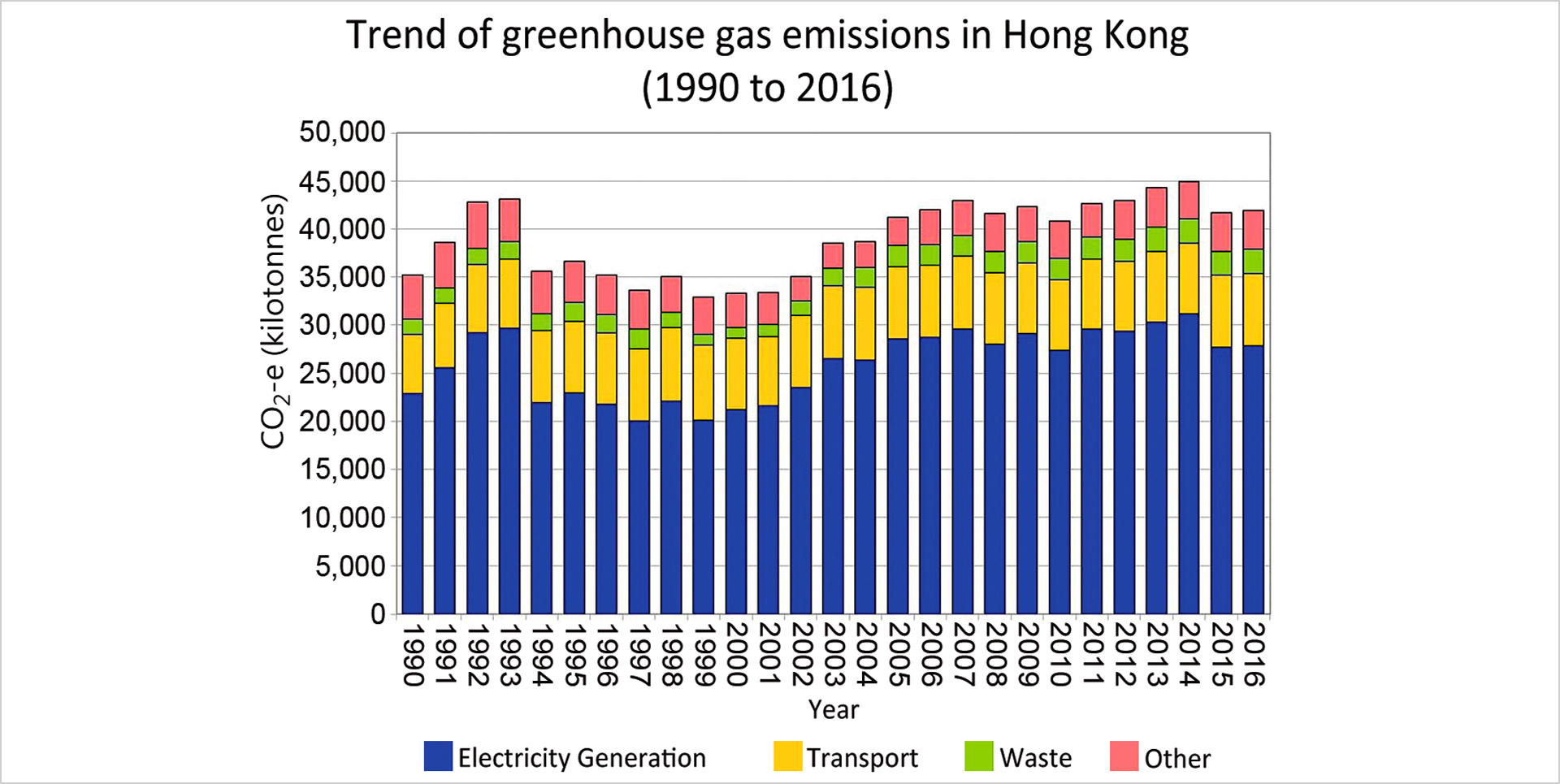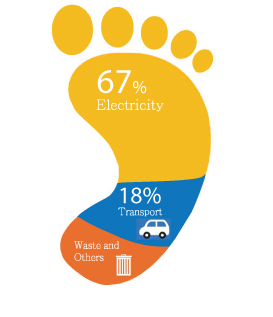Government actions
Each country has to implement emission reduction measures according to its “nationally determined contribution” in order to mitigate climate change. At the same time, the country also has to be prepared to adapt to impacts of climate change and to strengthen resilience.
Fig 5.2 Three key aspects in responses to climate change
Mitigation
1. Replace fossil fuels with renewable energy
(a)Reduce the use of fossil fuels. Increase the share of solar power, wind power and hydro-electric power in the energy mix.
(b)Improve energy efficiency
Improve energy efficiency. For example, use energy efficient electrical appliances and fuel-efficient vehicles, install intelligent energy saving systems in buildings.
(c)Improve transportation systems
Encourage the public to use public transportation, cycle or walk. Promote the use of electric or hybrid vehicles.
(d)Improve waste management
Develop waste-to-energy technologies, which can manage urban waste efficiently and reduce reliance on fossil fuels.
(e)Afforestation and urban greening
Afforestation increases carbon sinks[5]. Roof greening or vertical greening on buildings have cooling effects and therefore can reduce energy consumption of air conditioners. They can also alleviate the urban heat island effect by reducing heat absorbed by building surfaces.
Fig 5.4 Building with vertical greeningviii
[5] Any process, activity or mechanism which removes a greenhouse gas, an aerosol or a precursor of a greenhouse gas from the atmosphere
(f)Carbon capture and storage
Scientists have been developing technology to capture atmospheric carbon dioxide and store it underground or in deep ocean for long term, or store it in biomass. Most of the technologies are still at their infancy and not ready for large-scale deployment.
Adaptation
(a)Coastal and drainage projects
Coastal protection structures: Raise the height of seawalls or build sluices (flood gates) to guard against extreme water level caused by storms.
River channel improvement: Enhance the drainage capacity of channels.
Drainage system planning: Design new drainage systems according to flood prevention strategies and improve existing systems; keep the drainage systems in good shape and perform preventative maintenance.
Fig 5.5 Coastal protection in Japan (Source:Pekachuix)
★ More information
Video of Maeslant Barrier
www.cbsnews.com/news/sea-change-how-the-dutch-confront-the-rise-of-the-oceans
(b)Building design
Highly reflective materials can reflect more sunlight, reducing the energy absorbed by buildings. Flood resilient houses or floating houses can reduce the losses of life and property.
Fig 5.7 Flood resilient house (Source: Infrogmationxii)
★ More information
An architectural firm in Holland designed floating facilities such as floating house, restaurant, hotel and golf course to adapt to climate change
www.waterstudio.nl/projects/
(c)Land use planning
A better land use planning can avoid building important infrastructure like hospitals in high-risk areas such as coastal areas and slopes.
Buffer zones like parks, waterfront promenade should be constructed in high-risk areas to replace high-density development. River revitalization and roof greening can alleviate the urban heat island effect effectively.
(d)Food supplies
Breeding new crops which are more resistant to high temperature and drought.
Resilience
By strengthening climate resilience, we can cope with the stress brought by climate change. Table 5.3 shows the steps of strengthening climate resilience suggested by the US National Oceanic and Atmospheric Administration.
Table 5.3 Five steps and an example of resilience enhancement
Fig 5.8 Houston, U.S. faces extreme rainfall and storm surge inundation (Source: Michael Slaten xv)
Case study: Hong Kong (City level)
As Fig 5.9 shows, Hong Kong’s total greenhouse gas emissions in 2014 amounted to about 45,000 kilotonnes xvi of carbon dioxide equivalent (CO2-e)[6] , accounting for less than one thousandth of global emissions. However, per capita greenhouse gas emissions in Hong Kong were about 6.2xvii tonnes (CO2-e), close to the global per capita emissions of 7.3 tonnesxviii xix, (CO2-e).
[6] Carbon dioxide equivalent: Commonly adopted in carbon audits to evaluate the warming effect of various greenhouse gases with reference to carbon dioxide
Fig 5.9 Trend of greenhouse gas emissions in Hong Kong xx (Source: Hong Kong Environmental Protection Department)
Fig 5.10 Greenhouse gas emissions in Hong Kong (Source: Environmental Bureau)
Hong Kong government released “Hong Kong’s Climate Action Plan 2030+”[xxi] in 2017. It sets a target to reduce carbon intensity by 65 – 70% by 2030 against the 2005 level. To achieve this goal and combat climate change, Hong Kong also takes actions in the three aspects: mitigation, adaptation and resilience.
★ More information
Greenhouse Gas Emissions and Carbon Intensity in Hong Kong
https://www.climateready.gov.hk/files/pdf/HKGHG_CarbonIntensity_2016.pdf
Emissions Gap Report 2015
https://www.unenvironment.org/resources/emissions-gap-report-2015
Concise Report on the World Population in 2014
http://www.un.org/en/development/desa/population/publications/trends/concise-report2014.shtml
Mitigation
(a)Manage energy demand
- Reduce energy intensity [7] by 40% by 2025 using 2005 as the base.
[7] Energy demand per unit of economic output
(b)Adopt renewable energy
- Use more renewable energy. It is estimated that between now and 2030, about 3 – 4% of energy required by Hong Kong can be generated from wind, solar and waste-to-energy technologies.
(c)Improve transport system
- Railway serving as the backbone of low-carbon public transport.
- Control the growth of private cars.
- Promote walking and cycling to reduce carbon emissions from road transport.
Adaptation
(a)Improve infrastructure
- Strengthen slope safety.
- Integrate drainage and flood management plans. Intercept, store and discharge stormwater more efficiently.
- Carry out coastal protection works to reduce the impacts of sea level rise.
(b)Improve town planning
- Improve urban thermal comfort and ventilation.
- Strengthen urban fabric and develop smart city to better prepare for climate change.
(c)Increase water resources
- Conduct study on increasing water resources, including desalinated water, reclaimed water, recycled grey water and harvested rainwater.
(d)Protect ecosystems
- Promote sustainable agriculture and fisheries.
- Enhance country parks.
★ More information
Hong Kong West Drainage Tunnel
www.dsd.gov.hk/others/HKWDT/eng/background.html
➤ What is reclaimed water?
Reclaimed water is highly treated wastewater.
Reference: https://www.wsd.gov.hk/en/core-businesses/water-resources/recycled-water/index.html
➤ What is grey water?
Water collected from baths, showers, wash basins, kitchen sinks and laundry machines etc. is known as grey water. Along with harvested rainwater, the grey water can be treated and reused for non-potable purposes such as toilet flushing.
Reference:https://www.wsd.gov.hk/en/core-businesses/water-resources/recycled-water/index.html
Resilience
(a)Be prepared for emergencies
- Enhance emergency information sharing and support mechanism for dealing with hazards.
- Improve mechanisms of decision-making and coordination in emergency response.
(b)Raise community awareness of climate change
- The government collaborates with commercial, professional, academic and community bodies to organise workshops and activities pertaining to climate change.
- The Hong Kong Observatory (HKO) studies and makes long-term projections about climate change impacts in Hong Kong, and provides such information through its website. HKO also organises regular school and public talks, as well as other public education activities to promote the understanding of climate change.


